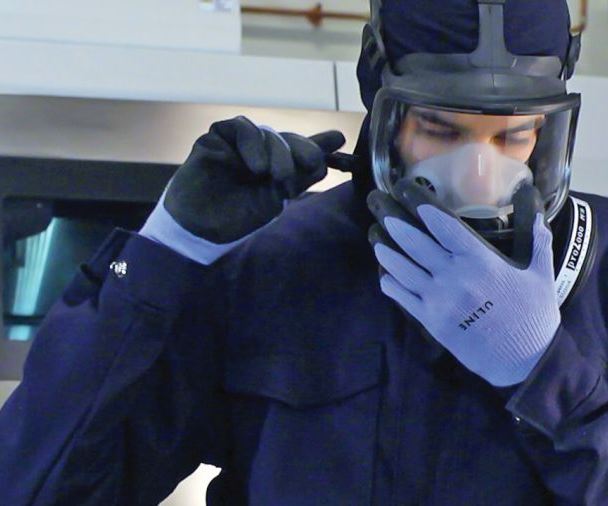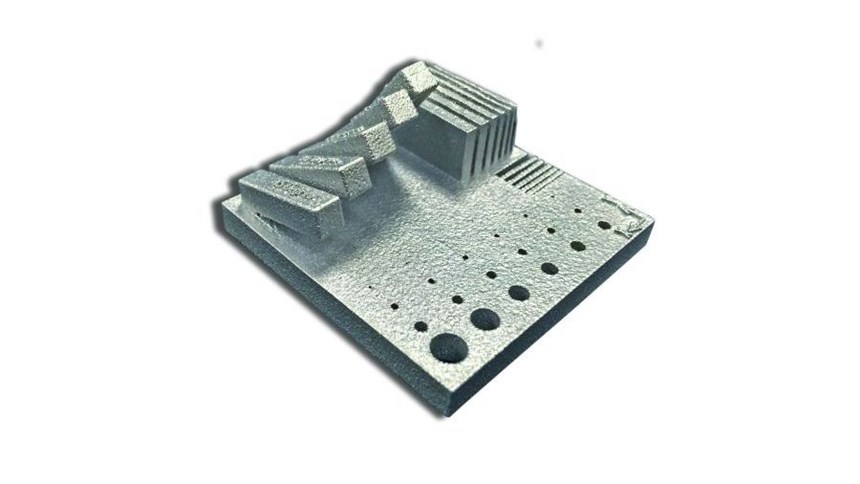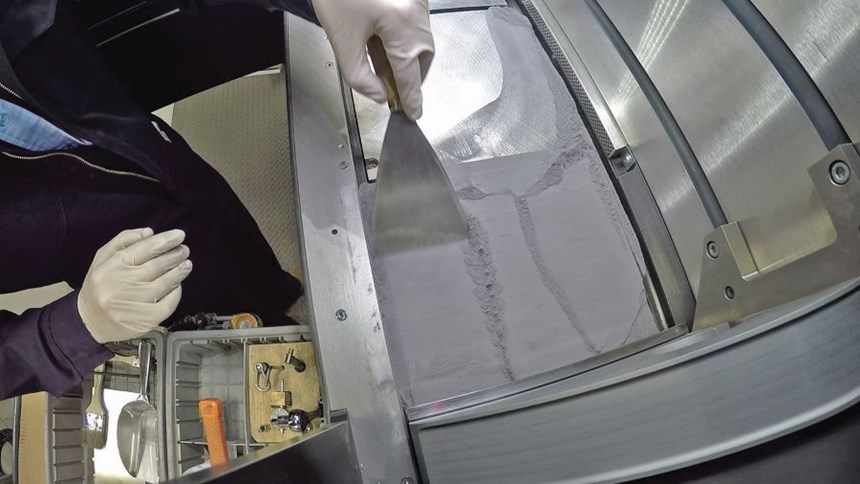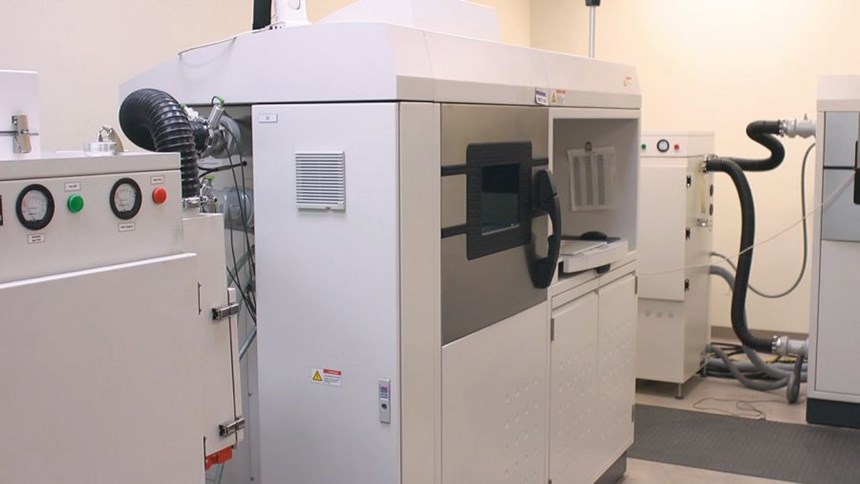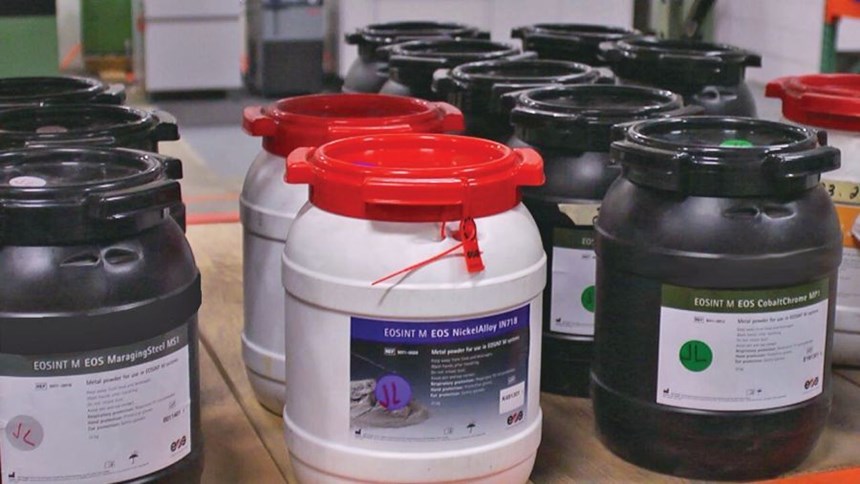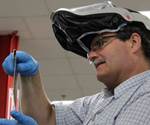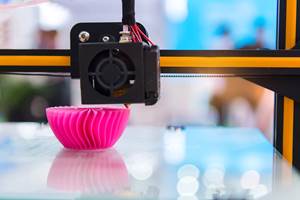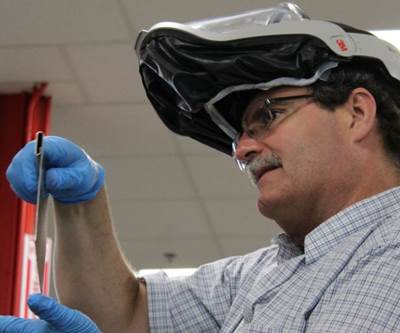Additive Manufacturing Is Changing the Rules on Safety
Bringing safety to the forefront helps to mitigate the risk of additive technology within a manufacturing environment.
The “rules” for safety in manufacturing are definitely changing. How do you design for additive manufacturing, train a workforce to properly operate additive manufacturing equipment, use best manufacturing practices and still be “safe” about it from the employees’ perspective? Furthermore, from a corporate level, how do you mitigate risk to the company and to the general public? Until now, this has been a topic often left out of the AM discussion.
According to Ed Tackett, director of educational programs at the UL Additive Manufacturing Competency Center (UL AMCC), safety is not being discussed because we don’t really know what types of safety issues we should be dealing with.
“By and large, the safety science has not been completely vetted on additive manufacturing systems. And, being such a rapidly evolving technology, it is a challenge to keep up with it, so comprehensive safety standards are essential as the technology evolves,” Tackett explains. Certain companies have implemented their own internal safety plans, but the new AM educational effort through the UL AMCC is creating a baseline for training based on industry best practices.
Things You Might Not Be Thinking About
Tackett comes from a machine shop background. He sees safety in AM as a completely different world as far as safety is concerned. While some of the safety issues share a commonality with general machine shop safety concerns, there are
very specific safety measures that should be taken in an additive environment that are not normally put into practice in general manufacturing. But as AM machines are adopted into mainstream manufacturing, companies will need to change their environmental, health and safety (EHS) requirements, and train their employees on how to handle additive materials.
Following are five risk areas related to AM that can be mitigated with the right safety training, according to Tackett. However, the first step is just knowing what dangers are present.
1. Material exposure. The use of metals additive manufacturing is growing and with it so is the importance of understanding the risks of exposure to powdered metals. “In powder metallurgy, we do compression and baking on regular metals, but the particle size is huge. The chance of you actually breathing in one of those particles is very slim,” Tackett explains. “However, in the additive industry, the average particle size is 25 to 150 microns, requiring special handling and storage. Metal toxicity is a real threat. The human body cannot readily metabolize most of these metallic powders, and buildup through exposure can quickly reach toxic levels.”
“Ask yourself, what type of barrier do I need to put up so these materials, which could be potentially dangerous, don’t become dangerous to me?”
For example, aluminum powder is commonly used in additive, and if the amount of aluminum a worker is exposed to exceeds the body’s ability to excrete it, the excess aluminum will be deposited in various tissues in the body. This accumulation can cause neurological damage.
Users of metal AM systems need rigorous training to limit and mitigate exposure. Merely wearing a dust mask and rubber gloves may make one feel safe from exposure, but it does little to actually protect a person, Tackett says. “Ask yourself, what type of barrier do I need to put up so these materials, which could be potentially dangerous, don’t become dangerous to me?” Utilizing the appropriate personal protective equipment (PPE) is critical to worker safety. Leather gloves with long cuffs and conductive safety shoes often are recommended. Filtering facepieces (FFP1, FFP2 and FFP3) can protect workers from breathing in dust, smoke and aerosols. Whether respirators are required depends on the type of AM machine and the particle size the machine emits. (The National Institute for Occupational Safety and Health [NIOSH] issues recommendations for respirator use.)
2. Gas monitoring. Any machine that uses laser sintering runs odorless, colorless gases that displace oxygen. Couple that with the fact that many companies are not putting these machines on manufacturing floors that have plenty of open space, but are instead locating them in smaller rooms, and you have a problem. “Seventy-four percent nitrogen is our normal atmosphere, but throw that up 10 percent with displaced gases and it’s like carbon monoxide poisoning,” Tackett explains. He recommends installing an oxygen sensor wherever these machines are placed to continually record the level of oxygen in the room.
3. Gas exhaust. Additive manufacturers also need to consider how to handle exhaust gases. Some machines actually expel dangerous gas when they print that needs to vent outside the building. “Most people are thinking it smells like burning plastic because the machine is burning plastic, but what they don’t realize is that part of those gases could be formaldehyde,” Tackett says. Safety training should cover off-gassing and proper management of volatile organic compounds (VOCs) and inorganic compounds. Sometimes use of a charcoal scrubber is warranted, too. Tackett recommends that companies develop an air quality management plan with system vendors or consult with a professional organization to develop a risk-reduction strategy.
Even desktop 3D printers can emit dangerous gases. For example, some printers include plastic filaments with carbon nano tubes that, once heated, give off VOCs. The Centers for Disease Control and Prevention (CDC) has developed a report on the long-term effects of inhaling carbon nano tubes that covers various scientific data and recommendations to limit exposure.
4. Material handling. Most manufacturing shops deal with bulk material. They get a big chunk of aluminum, for example, machine it down, and then are left with barrels of chips, which a company comes to haul away. For an additive operation, the material is delivered in a bucket. This raises a number of questions for the shop. What has to be done to properly store the bucket? How do you annotate that in an MSDS? How do you open the bucket? What precautions do you have to take? What about the waste? The waste in the AM process is powder. It is not a lot of powder waste, but it is powder, and powdered metal in that state can be explosive. How do you dispose of it? “Every company needs to develop delivery, handling and storage procedures and make that part of their plant safety plan,” recommends Tackett.
5. Static electricity. In processes involving powdered metal, static electricity is also a concern. “If there is a static arc, then you are dealing with a reactive metal. It is not uncommon to have a metal fire inside one of these machines,” Tackett says. Certain areas of the country, particularly drier regions, are more susceptible to static electricity. Grounding oneself to the machine is a safeguard. This can be accomplished by the use of an antistatic mat, specifically one that is grounded to the machine’s frame.
Because static electricity can lead to fire, the type of fire extinguisher that is readily available in the vicinity of an AM operation also is important. Most companies have A, B and C Class fire extinguishers on hand, but AM metals, which are combustible, require a Class D extinguisher.
“Metal fires represent a unique hazard because people are often not aware of the characteristics of these fires and are not properly prepared to fight them,” Tackett says. “Even a small metal fire can spread and become a larger fire in surrounding ordinary combustible materials. Only an extinguisher specifically made for metal fires should be used, and professional training is needed to effectively fight them.”
Shifting the Safety Mindset
Taking precautionary safety measures may be a given in a typical machine shop, but it could easily get overlooked in an additive manufacturing environment, where the dangers might not be so obvious.
“To change that human behavior, you have to build a safety culture right from the beginning.”
“It’s worth mentioning that every mesothelioma patient thought they were safe,” Tackett says. “To change that human behavior, you have to build a safety culture right from the beginning.” He believes any safety program is only as good as the executives supporting that safety, so buy-in from both the engineering technicians and the corporate level is necessary. He stresses the need for a company to understand how AM safety fits into its overall safety plan.
Comprehensive, certified training can help provide other benefits for the company as well, such as facilitating insurance coverage. “Insurance companies don’t know what to make of additive manufacturing. When they underwrite a company for insurance, they really have no idea of the safety issues that could be brewing in the background, so going through certified training by an agency that has a long-standing safety record and being able to say that the workforce went through this training enables insurance companies to underwrite much more easily and effectively,” Tackett says.
People and equipment are big investments, especially for the small- to medium-size enterprise, and manufacturers shouldn’t risk losing those assets by failing to implement adequate safety measures. “Don’t let the absence of a $400 fire extinguisher next to your AM machine force you to lose the contract you bought that machine to service and any revenues that that machine could generate over its life,” Tackett warns. With proper training and a clear understanding of the handling and storage of powders, as well as static electricity and flammability risks and pathways of exposure, additive manufacturing safety can be easily and effectively implemented.
Related Content
AddUp Receives ASTM Additive Manufacturing Safety Certification
AddUp Inc. announces that it has received the ASTM Additive Manufacturing Safety (AMS) Certification, becoming the first OEM in the AM industry to achieve this significant milestone.
Read MoreChromatic 3D Materials' RX-AM Free of Volatile Isocyanates
RX-AM platform includes software and RX-Flow printers for use in standard and custom configurations.
Read MoreDesktop Metal’s Production System P-1 Features Optional Reactive Safety Kit
The kit features ATEX-rated components, as well as critical hardware and software updates that enable safe printing of ultrafine powders.
Read MoreSLM Solutions, Assembrix Work to Ensure Secure Remote Printing
Following the integration of Assembrix VMS software into SLM Solutions’ machines, both companies are now working to ensure the enhanced safety and full protection of customers' intellectual property, which is made possible through the utilization of blockchain and encryption technologies.
Read MoreRead Next
Safety Hazards in Additive Manufacturing
The number-one thing a company can do to protect its AM investment and not interrupt production is develop a comprehensive safety policy specifically for additive.
Read MoreCrushable Lattices: The Lightweight Structures That Will Protect an Interplanetary Payload
NASA uses laser powder bed fusion plus chemical etching to create the lattice forms engineered to keep Mars rocks safe during a crash landing on Earth.
Read MoreAlquist 3D Looks Toward a Carbon-Sequestering Future with 3D Printed Infrastructure
The Colorado startup aims to reduce the carbon footprint of new buildings, homes and city infrastructure with robotic 3D printing and a specialized geopolymer material.
Read More

